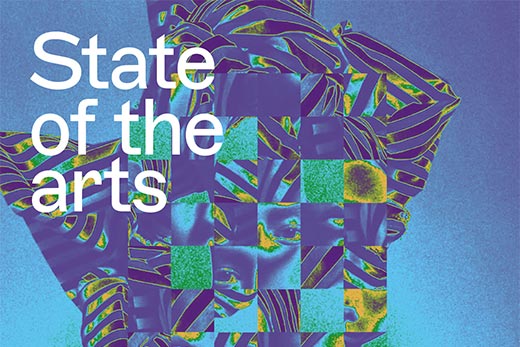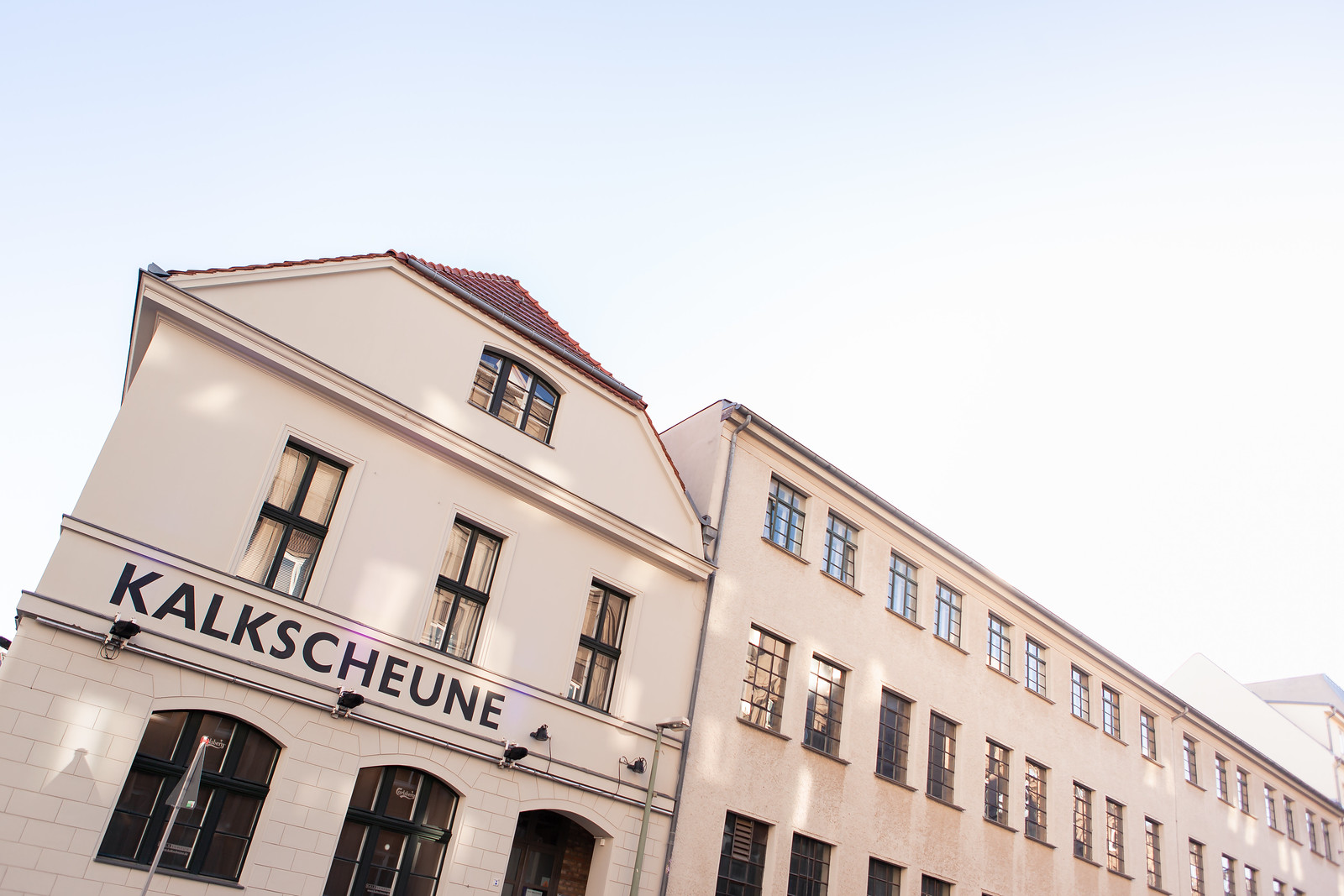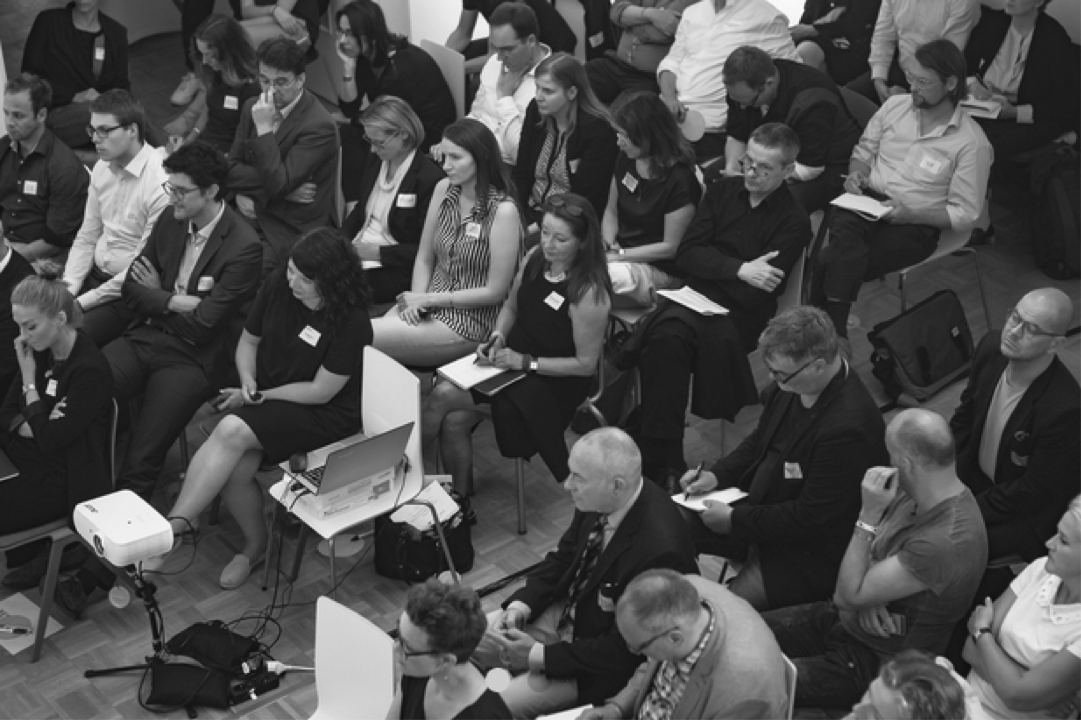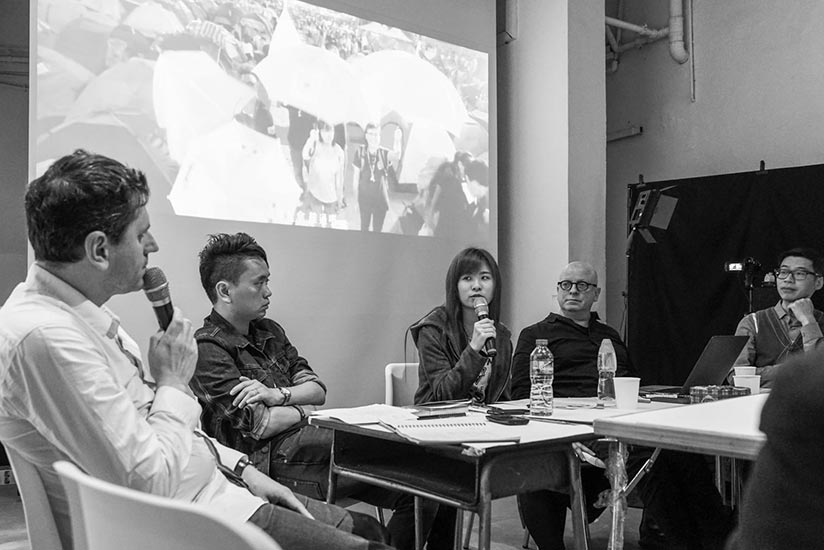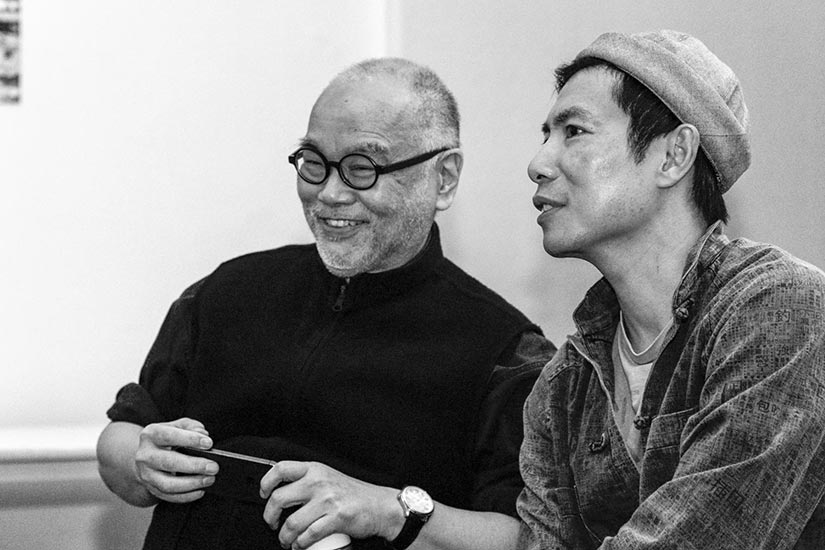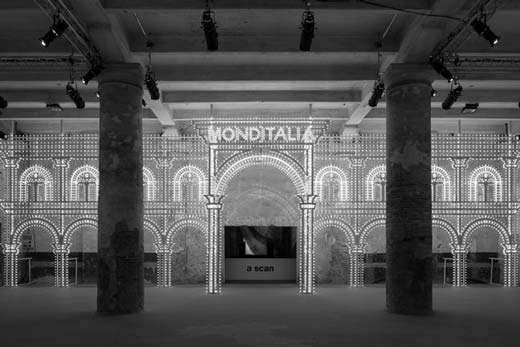Curating Culture: What can higher art education do?
Taking place in an art school, the Panel naturally addressed the specific challenges and responsibilites educational institutions are facing. A quick summary.
- Internal vs external: Should schools rely on external initiatives, such as Acme, or should they take action themselves? Both sides of the fence will surely have to do their part. “What are we good at?”, is the question that art universities should ask themselves in that regard, as one audience member pointed out. “And maybe that’s where you start as opposed to trying to turn yourself into property developers or things that you’re actually not very good at.”
- Implicit attitude vs explicit skills: Should art schools react by teaching different or new explicit set of skills, such as classes in entrepreneurship? Or should they teach a certain implicit attitude? This could also be seen as going back to the question of where the actual competencies of artistic or design work and knowledge production actually lies. Is it in the craftsmanship-related skills or processes of producing a material object, artefact or interface? Or is it in the conceptual work that is embedded within a different kind of attitude or approach to looking at the world?
- Transdisciplinarity vs discipline-specificity: Can transdisciplinary exchange happen naturally, or does it need structures to be helped along? Is the gap between disciplines to large to breach? Is a designer essentially completely different from a musician? And should they be taught differently and separate from one another?
- Bottom-up vs top-down: Administrative structures usually come in during the very first stages of planning. But what if that wasn’t the case? What if an art school would start from the bottom-up? Are the students the ones that should curate the space before the administrative component comes in? One audience member (a former CSM student) responded to this by pointing out that especially with younger students, a given structure was actually beneficial. Maybe then it should be “bottom & top-together”? Another audience member (from CSM) said that they were actively seeking conversation with students: “We are doing a lot of co-design now”. She called it a “user- or human-centered approach”. Is this just salesmanship talk? Or if it is a genuine interest, then why were there so few student voices to be heard during this panel?
